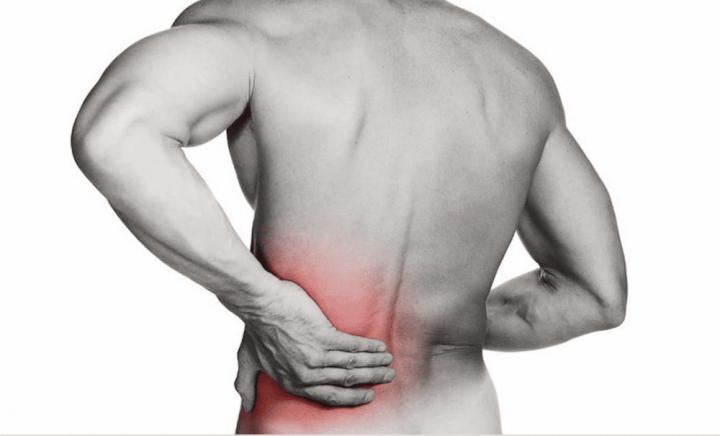Sciatica Pain – How We Can Help

Many hard-working Americans believe you should just “work through pain”. Although perseverance is admirable, enduring physical pain could lead to complications or more serious conditions. Due to postures required at work, old sports injuries, and even from wearing improper footwear, sufferers may unknowingly trigger or endure pain longer than they have to. For example, did you know strenuous activity, or sedentary postures, or even wearing high heels increases the likelihood for developing low back pain? While most low back pain lasts just a few days, other times it may last much longer and become chronic. Over time even sciatica may develop symptoms of now another medical problem.
Sciatica is back pain that radiates and is caused by nerve irritation from the sciatic nerve. Though sciatica can be present without low back pain, pain is typically manifested on one side of the body and is felt in the lower back, the back of the thigh, and/or below the knee. Therefore, sciatic symptoms may include lower back pain, buttock pain, hip pain, and pain/numbness in various parts of the thigh, leg, and/or foot. Some people experience severe, constant burning. Others may feel mingled pinches or sensations of “pins and needles”. However, any irritation or inflammation of the sciatic nerve can trigger symptoms.
Potential causes include:
- Disc Herniation
- Spinal Stenosis
- Degenerative Disc Disease- general wear and tear of aging
- Piriformis Syndrome
- Trauma (from a car accident or sports injury) and Muscle Strain
- Infection
- Spinal Tumor
Potential treatment recommendations include:
- Injection therapy (ie. epidurals, medial branch blocks, radio frequency ablation)
- MUA (Manipulation Under Anesthesia)
- Exercise/Stretching/Yoga
- Physical therapy
- Chiropractic
Other risk factors that worsen back pain are: obesity, sedentary lifestyle, stress, smoking, and wearing high heels.
Sciatica is relatively common. According to the Harvard Medical School, Sciatica is one of the most common, yet misunderstood, types of pain. As many as 40% of people will get it during their life, and it becomes more frequent as you age. "People who suffer from acute or chronic back pain tend to be more susceptible to sciatica," says Dr. Jeffrey N. Katz, professor of medicine and orthopedic surgery at Harvard Medical School. "Your risk also rises if you're obese, if you smoke, or if you're sedentary”. Dr. Knighton, Dr. Chinthagada, Dr. Yuk and their team of physicians at Valley Neurology and Pain seek to manage the pain by identifying the source. There is no room for guesswork in our field, and making the proper diagnosis is critical in choosing the right treatment options. If you are experiencing back pain symptoms, contact Valley Neurology and Pain in Peoria or Phoenix at 602-795-0207 for a consultation and examination. Whether big or small, enduring pain doesn’t make you stronger, but getting the proper help will.

